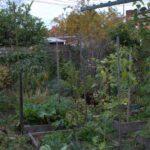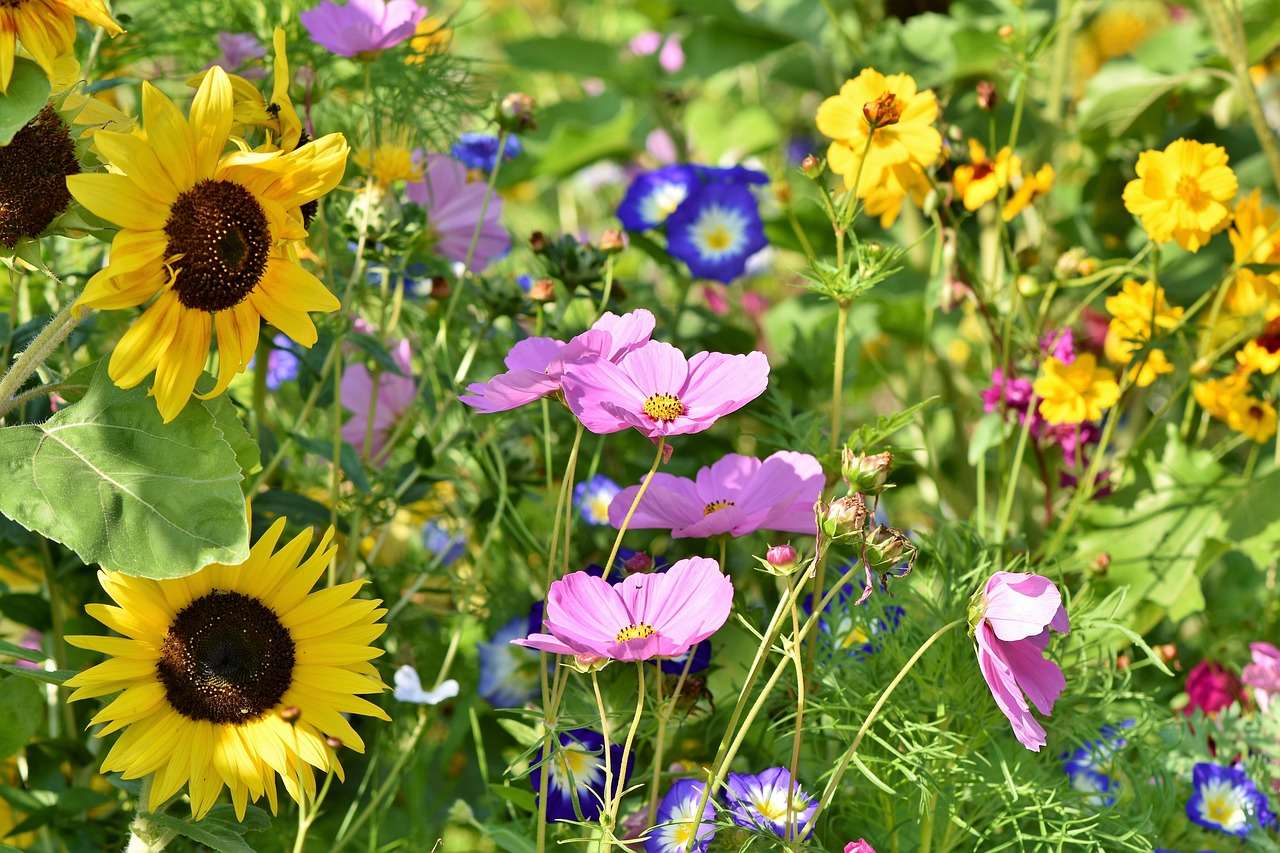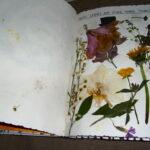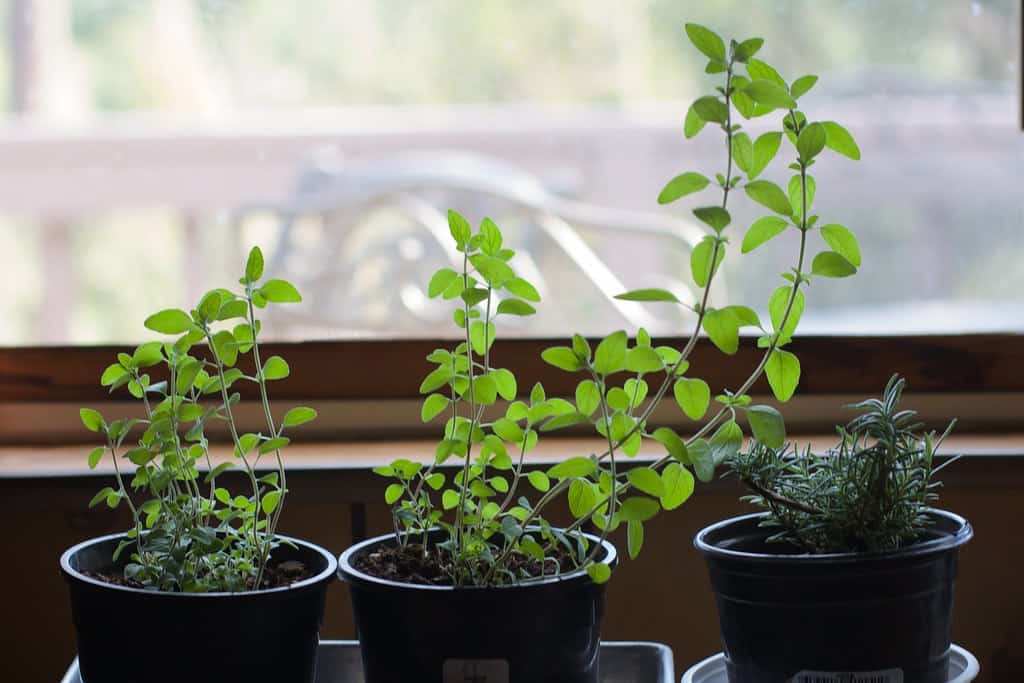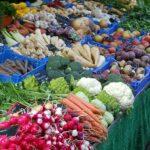Gardening is a wonderful hobby that brings a touch of nature to your home and provides fresh, organic produce for you and your family to enjoy. A well-designed edible landscape using best gardening practices can be both beautiful and practical, serving as a source of fresh fruits, vegetables, and herbs. Here are some tips for designing an edible landscape that will yield a bountiful harvest.
Best Gardening Practices to Design an Edible Landscape
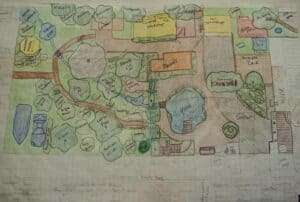
Start with a plan. Before you begin planting, take the time to sketch out your garden’s layout and decide which plants you want to include. Consider factors such as the amount of sun and shade your garden receives, the soil type and fertility, and the size of the mature plants. This will help you choose the right plants for your garden and ensure that they receive the conditions they need to thrive.
Choose the right plants. When selecting plants for your edible landscape, consider both their ornamental value and their edibility. Fruits, vegetables, and herbs come in a range of shapes, sizes, and colors, so choose plants that complement each other and fit well into your overall design. For example, you might choose a mix of herbs for their fragrant leaves and small fruits for their colorful berries.
Optimize your soil. Soil is the foundation of any garden, so it’s important to choose the right type and amend it to meet the needs of your plants. Test your soil’s pH and fertility and add organic matter such as compost or well-rotted manure to improve its structure and nutrient content.
Practice water conservation. In many regions, water is a precious resource, so it’s important to use it wisely in your garden. Consider installing a drip irrigation system to deliver water directly to the roots of your plants, where it’s needed most. Also, consider planting drought-tolerant crops that require less water and can withstand periods of dry weather.
Encourage biodiversity. A diverse mix of plants in your garden will help create a healthy ecosystem that supports beneficial insects and pollinators. These insects will help control pests and pollinate your plants, ensuring a good harvest. You can also plant a variety of flowering plants to attract pollinators, such as bees and butterflies.
Keep pests at bay. Pests and diseases can cause significant damage to your plants, so it’s important to monitor your garden regularly and take action if you spot any problems. Keep in mind that natural methods, such as companion planting and beneficial insects, are often the best way to control pests in an edible landscape.
Harvest regularly. Regular harvesting helps keep your plants producing and encourages new growth. When you harvest, remove only what you need, leaving enough fruit on the plant to ensure it continues to produce. You can also stagger your plantings so that you have a constant supply of fresh produce throughout the growing season.
Designing an edible landscape is a fun and rewarding way to bring fresh, organic produce to your table. By starting with a plan, choosing the right plants, optimizing your soil, practicing water conservation, encouraging biodiversity, keeping pests at bay, and harvesting regularly, you can create a thriving garden that yields a bountiful harvest.
Keywords: edible landscape, gardening, fruits, vegetables, herbs, soil, water conservation, biodiversity, pests, harvest, best gardening practices, best gardening practices for a bountiful harvest, best garden practices for growing food, best gardening practices for an edible landscape, best gardening practices for a permaculture garden, best gardening practices to grow
Check out our Novel Writing Workbooks
Check out Little Tree Food Forest for articles on food forests and homesteading.
Check out FoodieScapes for articles on growing, fermenting and preserving food
Check out StoryScapes.World for articles on writing.
Related Content
Related Content
Subscribe to our newsletter to get information delivered to your inbox on edible landscaping, growing food and medicinal plants, growing mushrooms, foraging, fermentation, food preservation, raising small livestock, and more.








